Nepal, a land of enchanting beauty and cultural diversity, holds within its borders a treasure trove of captivating ethnic groups. Among them, the Bahun people stand tall as custodians of a refined heritage and a rich legacy. The Bahuns are one of the largest ethnic groups in Nepal, making up about 12.18 % of the population. They are a Hindu community, and their caste is considered to be the highest in the Hindu caste system. The Bahuns are traditionally the priests and scholars of Nepal, and they have played a significant role in the country’s history and culture.
In this blog, we will take a look at an intriguing exploration of the Bahun community, their distinctive traditions, profound contributions, and the timeless elegance that permeates their way of life.
Ancient Origins
The Bahun community traces its roots back to the ancient civilization of South Asia. The term “Bahun” is derived from the Sanskrit word “Brahmana” which traditionally refers to the highest priestly caste in Hindu society.

It is believed that the Bahuns migrated from the northern plains of India to the hills and valleys of Nepal several centuries ago. As they settled in the region, they adapted to the local customs, blending their own cultural traditions with those of the indigenous populations.
Language and Literature
The Bahun community predominantly speaks Nepali which is also the national language of Nepal. Nepali, a language derived from Sanskrit, plays a vital role in connecting the diverse ethnic groups of Nepal.
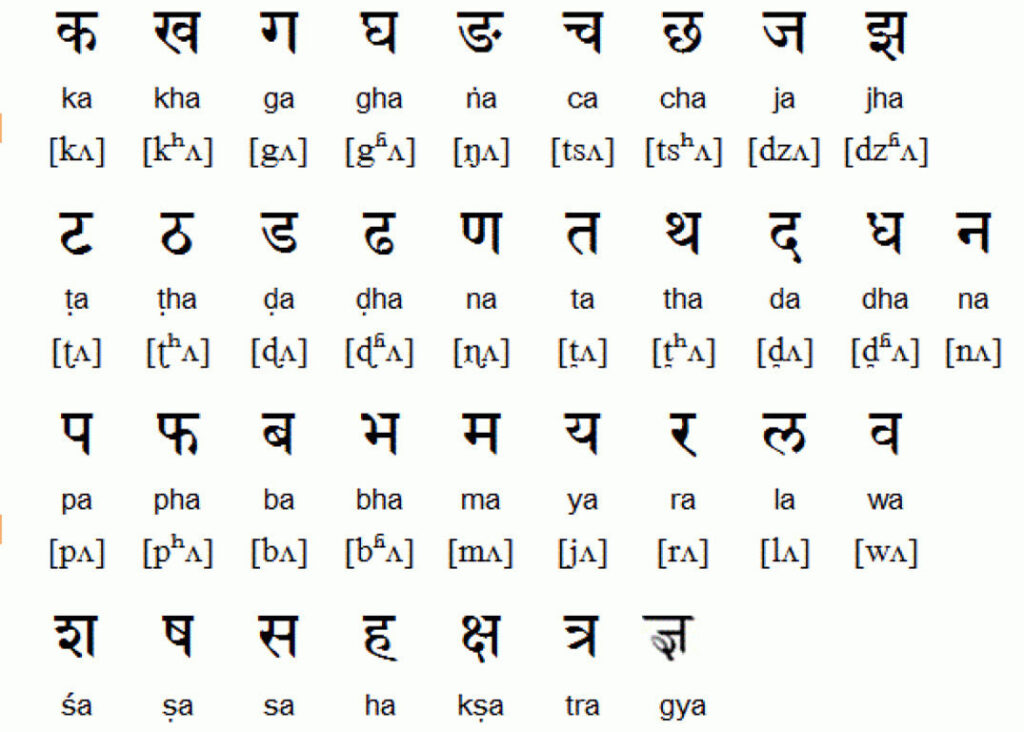
Moreover, the Bahun community has made significant contributions to the development of Nepalese literature, with numerous Bahun scholars, writers, and poets leaving an indelible mark on the country’s literary heritage.
Religious Beliefs and Practices
Religion holds immense importance within the Bahun community, as the majority follow Hinduism. They are known for their staunch devotion to Hindu deities and observe various religious festivals throughout the year.

Festivals such as Dashain and Tihar which are celebrated with great fervor across the country, have distinct rituals and traditions within the Bahun community. These festivals bring together family and friends, fostering a sense of unity and cultural pride.
Festivals of Bahun People
Let’s take a look into the vibrant festivals celebrated by the Bahun people exploring their customs, rituals, and the joyful spirit that characterizes these festive occasions.
Dashain
Dashain which is also known as “Bada Dashain” or “Bijaya Dashami,” is the most significant and widely celebrated festival among the Bahun community in Nepal. Lasting for 15 days, Dashain marks the victory of good over evil and the triumph of the goddess Durga over the demon Mahishasura.
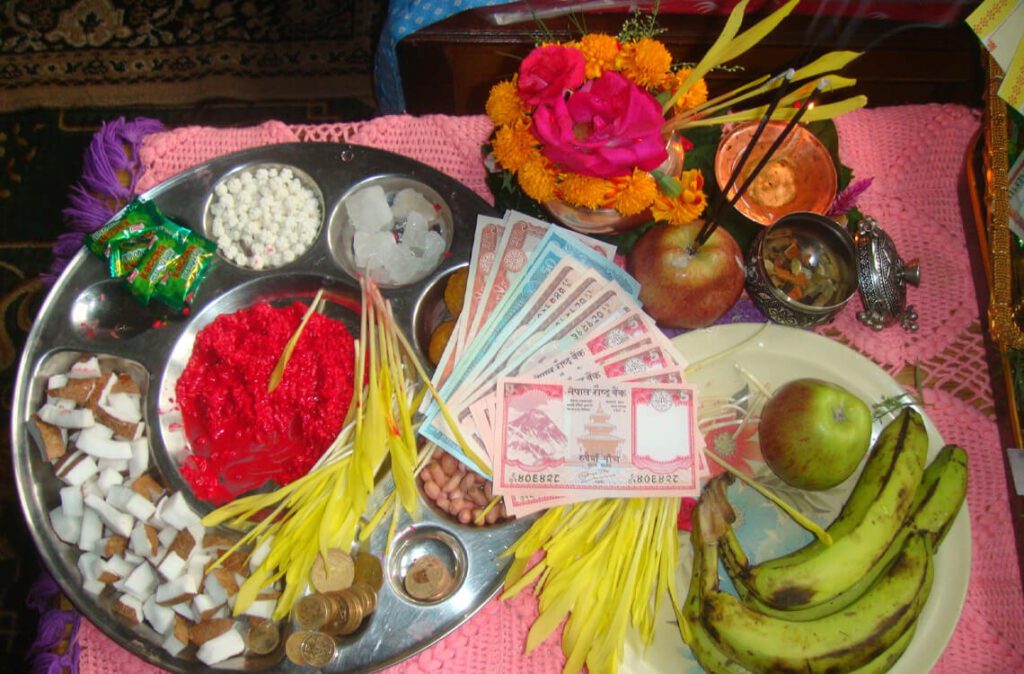
During Dashain, homes are beautifully decorated, and families come together to observe various rituals. One of the main highlights is the “Jamara” which involves the planting of barley seeds in small pots and nurturing them until they grow into yellowish-green shoots. These Jamara shoots symbolize prosperity and are later worn by family members as blessings from elders.
Tihar
Tihar which is also known as “Deepawali” is a five-day festival celebrated by the Bahun community in Nepal.
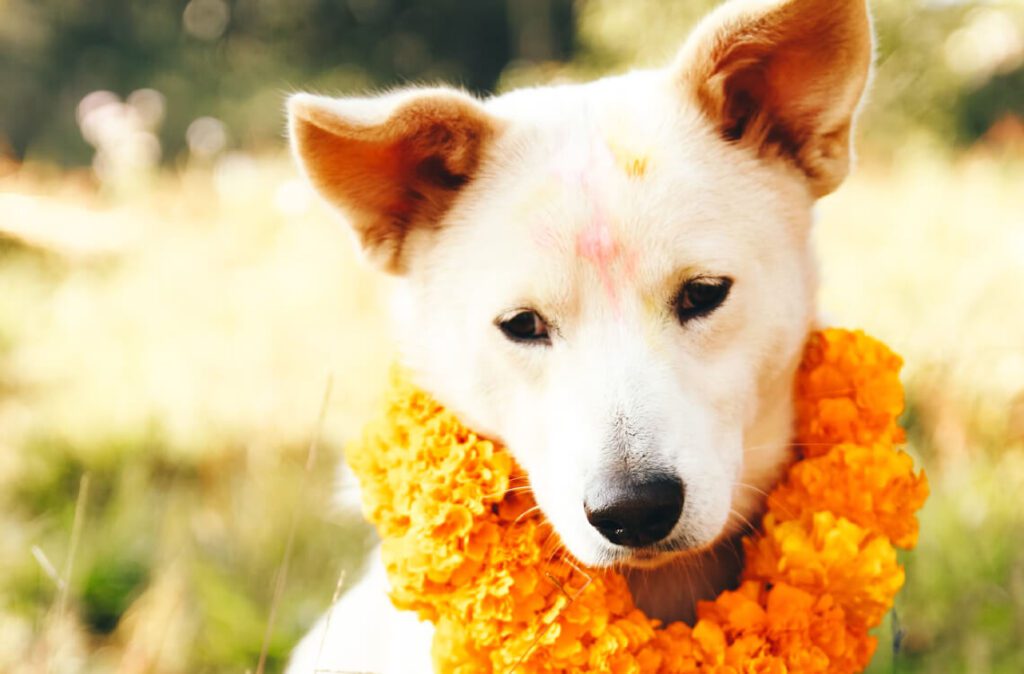
The Festival honors various elements of nature, including the crows, dogs, cows, and the goddess of wealth Laxmi.
During Tihar homes are adorned with colorful lights, and oil lamps (diyo) are lit, creating a mesmerizing ambiance.
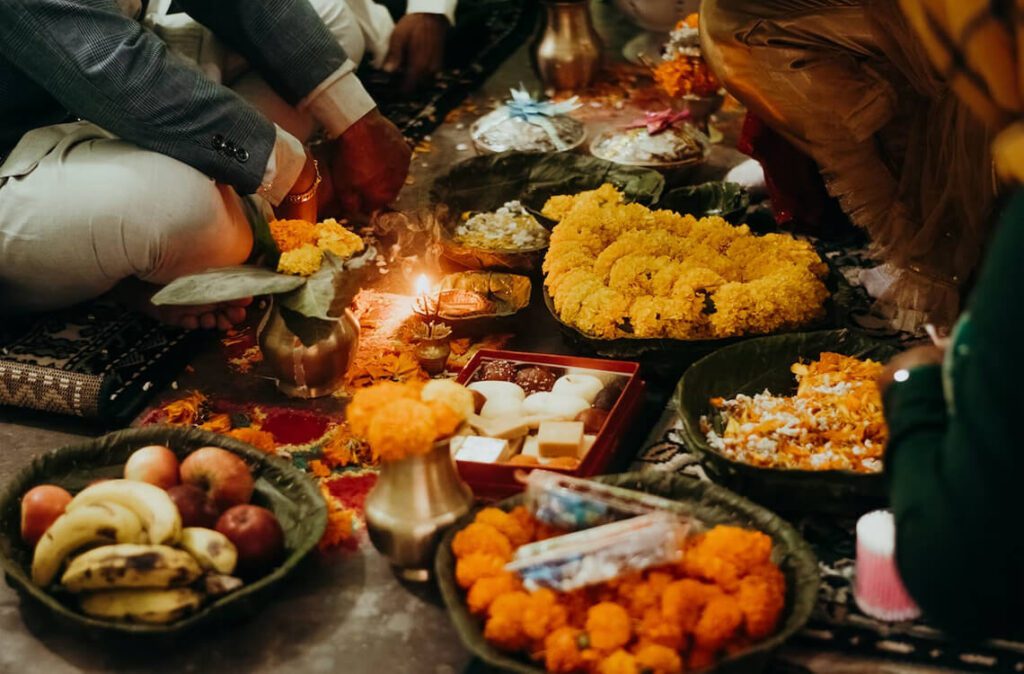
One of the most enchanting aspects of this festival is the “Deusi–Bhailo” tradition, where groups of young people visit homes, singing traditional songs and offering blessings in exchange for monetary gifts or treats.
Janai Purnima
Janai Purnima which is also known as Raksha Bandhan is an important festival celebrated by the Bahun community in Nepal. It usually falls in the month of August, coinciding with the full moon day. On this day, Hindu men of Bahun ethnicity change their sacred thread, known as “janai“.

People also tie colorful sacred threads around their wrists for protection and good fortune. This festival signifies the bond between brothers and sisters as well as the renewal of vows made by men to follow their religious and social responsibilities.
Teej
Teej is a vibrant festival celebrated primarily by women, including the Bahun community, in Nepal. It usually falls in August or September and lasts for three days. During Teej, married women fast and pray for the well-being and longevity of their husbands, while unmarried women observe the fast with the hope of finding a suitable life partner.
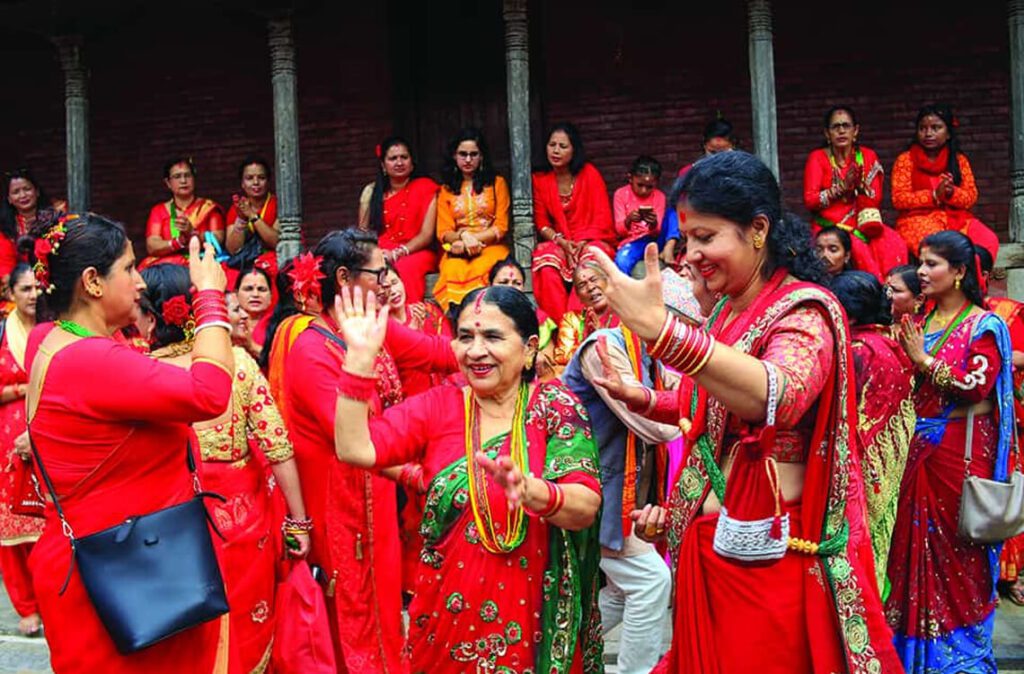
The festival is characterized by colorful attire, intricate henna designs (mehndi) on hands and feet, and lively folk dances and songs. Additionally, women gather in groups to sing and dance, often forming a procession that parades through the streets. Furthermore, the atmosphere is filled with joy as women adorn themselves with red attire and jewelry, symbolizing marital bliss and prosperity.
Mahashivaratri
Mahashivaratri, meaning ‘The Great Night of Lord Shiva,’ is an auspicious festival celebrated by the Bahun community and Hindus. Notably, as it falls on the dark fortnight in the month of Falgun (February or March), this special occasion, Mahashivaratri, is dedicated to Lord Shiva, who is the destroyer and transformer in the Hindu pantheon.

Many devotees stay awake all night, engaging in prayers and chanting hymns dedicated to Lord Shiva. Temples dedicated to Lord Shiva, such as the Pashupatinath Temple in Kathmandu, become vibrant centers of devotion and celebration. Devotees offer bel leaves, fruits, flowers, and milk to the Shiva Lingam, the symbolic representation of Lord Shiva. Furthermore, the air is filled with the aroma of incense, and the temple grounds reverberate with devotional chants and hymns.
Krishna Janmashtami
Krishna Janmashtami is a joyous festival celebrated by the Bahun community and Hindus alike. Signifying the birth of Lord Krishna, who is considered an avatar of Lord Vishnu and a beloved deity in Hindu mythology, as a result, this festival typically falls in the month of Bhadra (August or September). Moreover, Krishna Janmashtami is a day of immense devotion, cultural festivities, and profound spiritual significance.
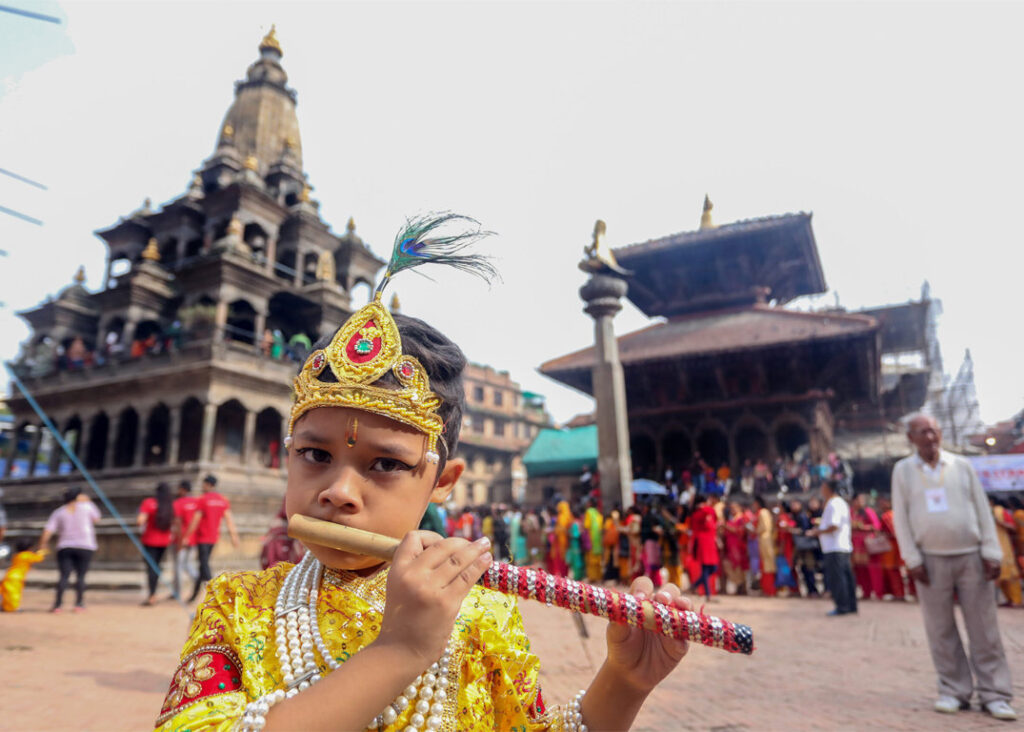
Devotees observe fasts, engage in prayers, sing devotional songs, and recount stories of Lord Krishna’s life. The highlight of the celebrations is the midnight hour believed to be the time of Lord Krishna’s birth when devotees perform special rituals and offer prayers.
Food of Bahun People
Bahun food is typically characterized by its use of fresh, local ingredients, and its emphasis on simple, flavorful dishes. One of the most iconic Bahun foods is dal-bhat-tarkari, a simple but satisfying meal of lentils, rice, and vegetables.

Dal-bhat is often served with a side of roti or papad, and it is typically accompanied by a variety of chutneys and pickles.
Another popular Bahun dish is Gundruk, a fermented lentil and vegetable salad. Gundruk is a hearty and flavorful dish that is often served as a side dish or as a snack.
Also Read: Sherpa People: Bravest Heroes of Mountains
Aloo Tama, a traditional dish enjoyed by the Bahun community, skillfully combines potatoes (aloo) and bamboo shoots (Tama) to create a tangy and spicy delicacy. Moreover, the bamboo shoots are fermented, adding a unique flavor and texture to the dish.
Cultural Dress of People
Let’s take a look into the fascinating world of the cultural dress of the Bahun people.
Male Attire
The traditional attire of Bahun men typically consists of a Daura Suruwal and Dhaka Topi. This attire is usually made of cotton fabric and features intricate patterns and designs. Additionally, the Suruwal is a loose-fitting trouser that completes the lower half of the ensemble.
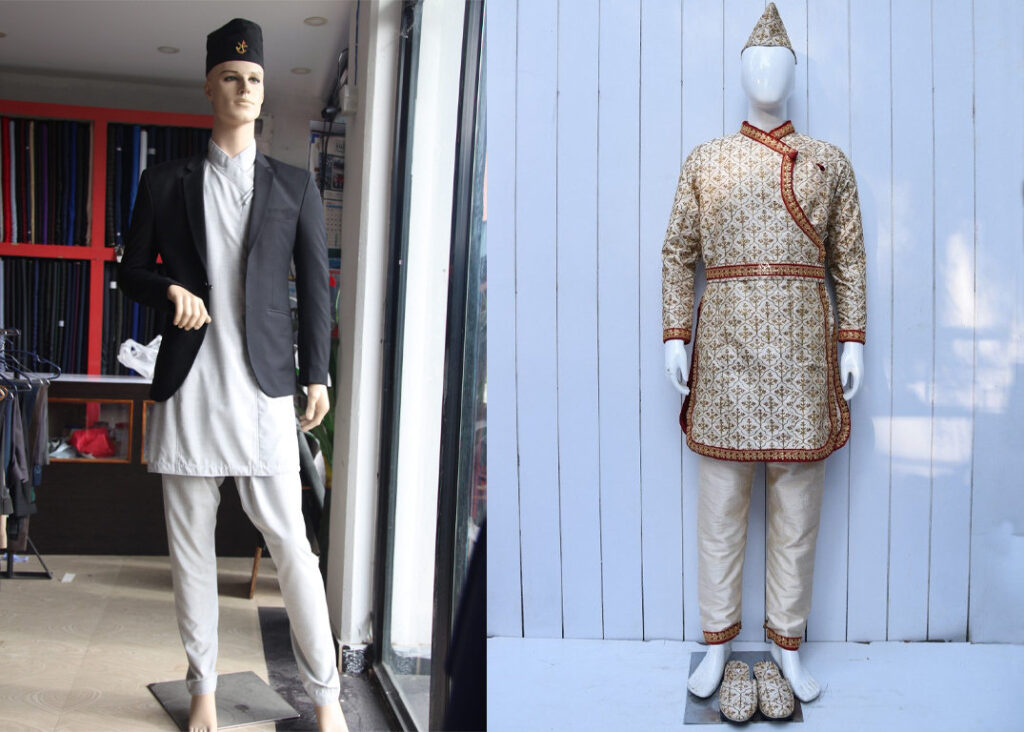
The Dhaka Topi, a distinctive Nepali cap made of Dhaka fabric, adds a touch of elegance to the attire.
Female Attire
Bahun women adorn themselves in graceful dresses. This attire comprises a Sari, a Cholo, and a Patuka. The Sari, a long piece of cloth wrapped around the body, comes in vibrant colors and intricate patterns, reflecting the woman’s individual style.
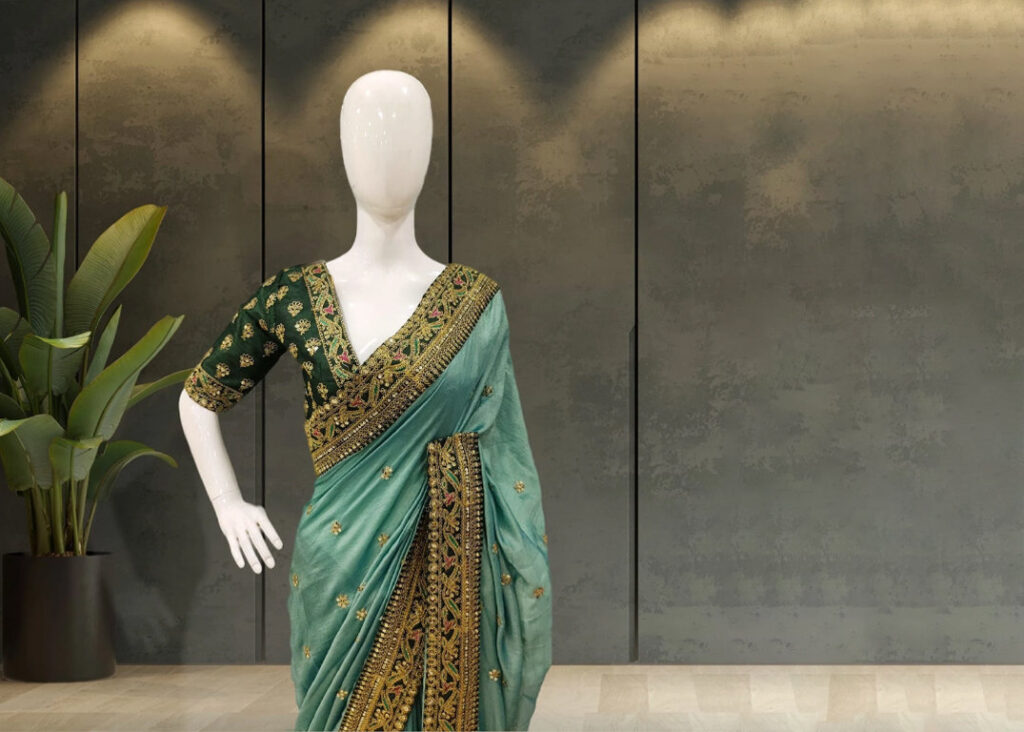
The Cholo, a fitted blouse, complements the Sari beautifully, and is often embroidered with delicate motifs. In addition, the Patuka, a waistband made of cloth or a chain, adds a finishing touch to the ensemble.
Accessories
To enhance their traditional attire, both Bahun men and women accessorize with various items. Men often wear a waistcoat called the Bhoto, which is adorned with traditional patterns and buttons. Bahun women wear jewelry, such as necklaces, earrings, and bangles, made from gold, silver, adding a touch of elegance and femininity.
Bahun Caste
Among the four varnas, the Bahun caste holds a prominent position. Specifically, the Bahun caste is classified as a Brahmin caste, representing the highest varna in the Nepalese caste hierarchy. Historically, the Bahun caste was closely associated with priesthood, teaching, and religious rituals. Furthermore, they were revered as the custodians of knowledge, and were entrusted with performing religious ceremonies, studying and teaching scriptures, and providing guidance on matters of faith.”
You may also be interested: Everything on Newar People
The Bahun caste is further divided into several sub-castes, each with its unique identity and social standing. Several well-known sub-castes exist within the Bahun community. These sub-castes, including Poudel, Sharma, Pandey, Acharya, Upadhyay, Bhattarai, Bista, Ojha, and Adhikari, among others, are characterized by specific cultural practices, surnames, and rituals.







